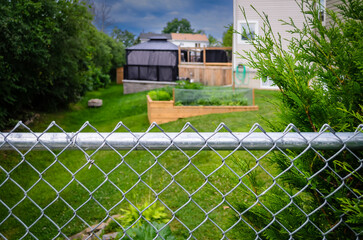Flooring Middletown NY adds to your house’s look and protects it from moisture, stains, and heat. The most popular flooring materials include wood, vinyl, laminate, and stone.
Tile floors are durable, resistant to dents and stains, and easy to clean. However, they’re cold underfoot and can be slippery in wet areas.
Whether it’s to create a colorful backsplash in your kitchen, add an art-deco accent wall in your living room or provide a durable waterproof floor in your bathroom, tile is one of the most versatile flooring materials available. When properly installed and sealed, tiles are easy to maintain with daily sweeping, mopping and occasional deep cleanings using a mild cleanser. Tile is also stain-, scratch- and fade-resistant, making it a smart choice for areas that receive a lot of foot traffic.
Many tile flooring options are designed to mimic other types of surfaces, such as wood or concrete. For example, plank shaped tiles are made to look like authentic hardwood floors, while square and modular shaped floor tiles can resemble concrete for a modern industrial look. Plastic and interlocking floor tiles are another option that can be used in high-traffic, wet or chemically-contaminated areas where traditional adhesives or glues cannot adhere to the surface.
The durability of a tile floor can depend on the type and thickness of the tile, as well as how it is installed and how frequently it is maintained. Porous stone tiles, such as slate, travertine and limestone, may need to be resealed regularly. However, ceramic and porcelain tiles have a good durability and can hold up to heavy loads with few issues.
Tile is a great choice for bathrooms, laundry rooms and mudrooms because it’s water-resistant. When sealed, it resists stains from spills, soap and other cleaning products as well as mold growth. However, grout between the tiles can stain, crack or chip if it’s not regularly cleaned and resealed.
Homeowners are turning to tile more and more often for their flooring needs, as it offers many benefits other flooring types do not. It’s easy to install, slip-resistant and stain resistant, making it a perfect choice for family areas and high-traffic spaces. If you are considering a tile floor for your home, work with a design professional to make sure the colors and style of tile you choose matches the rest of your home. And if you need help financing your remodeling project, check out our free pre-qualification tool for homeowners.
Flagstone Floor
When it comes to flagstone, we typically think of it as a material to be used to create an outdoor pathway complete with shrubs and garden gnomes. However, this natural stone material is becoming a cool new option for flooring in indoor areas too. Rather than being a rustic choice, it can actually be quite modern and sleek in appearance, especially when it is sealed. This makes it a good choice for a kitchen floor where the counters and appliances will be the focal point of the room, or even for the entryway of a house.
There are a few key issues to consider when choosing to lay a flagstone floor, and the first is to decide whether to use quarry or paver jumbo pattern flagstone. Quarry cut flagstone has a more rustic look, while paver jumbo has 4 sides saw or machine cut to give it a more smooth and sleek surface. Another issue is the type of sealant to be used, since without this it can absorb spillages and moisture quite easily. This can damage the flagstone, leading to discolouration and potential deterioration of the surface.
The size of the slabs used is also important. Larger slabs will give a more contemporary and uniform effect, while smaller slabs can achieve a rustic or farmhouse style floor. Mixed slab sizes, carefully laid to create a random effect, can also work well in older homes to create a more rustic or vintage feel. The type of stone chosen will also impact the final effect.
Once a flagstone floor has been properly sealed, it should be relatively low maintenance. Regular sweeping, and mopping with warm water only (no chemicals) should be sufficient for most occasions, although felt pads are a great idea to protect against scuffing.
Glazed Tiles Floor
One of the most popular types of tile flooring is glazed porcelain tiles. These tiles are produced in a similar manner to ceramic tiles, and can be used on both floors and walls. They are very durable, and can withstand heavy foot traffic and harsh weather conditions. They also have a low water absorption rate, which makes them resistant to humidity. They come in a variety of colors, finishes, and patterns, and can complement any style of decor.
The term “glazed” is often interpreted to mean that the tile is glossy or shiny. However, it is important to note that glazed is not a physical appearance of the tile, but rather a coating. The glaze is applied to the tile before it goes through the kiln process, and can be either matte or gloss in finish.
This layer of liquid glass protects the tile from moisture and stains, which helps to prolong its lifespan. It also provides an attractive, clean surface that can be wiped down with a damp cloth to remove dust and dirt. The low water absorption rate of glazed tiles also means that they are much easier to clean than unglazed porcelain or ceramic tiles.
Another benefit of glazed tile is its ability to conceal imperfections in the surface. This is particularly helpful for larger floor tiles, which may have small cracks or blemishes in the manufacturing process. This is particularly noticeable in patterned tiles, and can be a significant selling point for customers looking for something a little more unique and authentic.
In addition to the protective glaze, glazed porcelain tiles are often finished with a slip-resistant surface. This can be a very useful feature for bathroom tiles, as it increases their versatility and makes them suitable for a range of applications. However, it is important to note that these tiles are not as slip-resistant as a full body tile, and are therefore not recommended for high-traffic or wet areas.
Although glazed tiles are a great choice for many applications, it is always best to consult a qualified tiler when choosing tiling for your property. They will be able to recommend the best type of adhesive for your project, and will ensure that the job is completed with precision and skill. This will help to extend the life of your new tile floor, and prevent costly damage in the future.
Concrete Floor
Concrete is a composite material made from Portland cement, water and aggregate (gravel, sand or rock). It’s an important construction material for a number of applications including road building, bridges and dams. When used in flooring, it offers great strength and durability. It also has an attractive matte finish and is easily cleaned and honed.
Whether poured as a new slab or installed as a decorative overlay, concrete floors are available in a wide range of styles to suit a variety of design aesthetics. They can be etched and scored to create patterns or a troweled texture. They can even be stained or polished to give them a shiny, glossy finish.
They’re ideal for basements and garages because they can withstand a lot of foot traffic and are easy to clean. They’re also a popular option in commercial settings because they can withstand the pressure of heavy equipment, such as trucks or forklifts.
While concrete isn’t a very eco-friendly choice, it does require less energy to produce than other types of floor materials. It will also naturally absorb warm and cool air, minimizing the need for heating or cooling systems to run all the time. And it’s a very durable material that won’t chip or stain as easily as other types of flooring.
It’s also worth noting that a high-quality concrete floor will last for decades without the need for any major repairs or replacements. You might need to reseal it occasionally to keep the moisture in, but that’s a minor inconvenience in comparison to the long-term benefits of this type of floor.
It’s a popular option for modern homes that are going for a sleek and minimalist look. But it’s also being used in more traditional styles to add a contemporary touch. You’ll see concrete floors being mixed with whitewashed wood beams, vintage brick and other classic architectural elements to create a warm and inviting interior space.


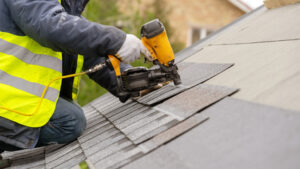
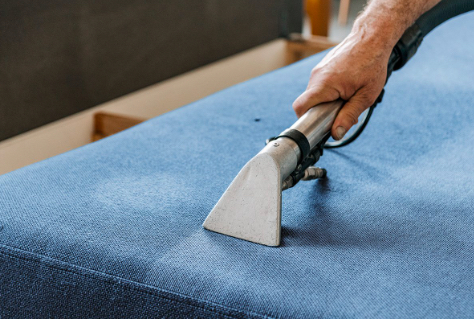
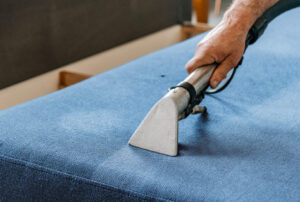 Baking soda is a natural cleaner that is safe and effective on fabric upholstery. It works as an abrasive to scrub away dirt and grime, and it is also highly absorbent. Baking soda can also help to neutralize odors from your couch. It does this by balancing the acidity of bad smells. You can find baking soda in your kitchen, and it is inexpensive. This makes it a great alternative to commercial cleaners, as you can make it yourself with ingredients you likely already have on hand.
Baking soda is a natural cleaner that is safe and effective on fabric upholstery. It works as an abrasive to scrub away dirt and grime, and it is also highly absorbent. Baking soda can also help to neutralize odors from your couch. It does this by balancing the acidity of bad smells. You can find baking soda in your kitchen, and it is inexpensive. This makes it a great alternative to commercial cleaners, as you can make it yourself with ingredients you likely already have on hand.
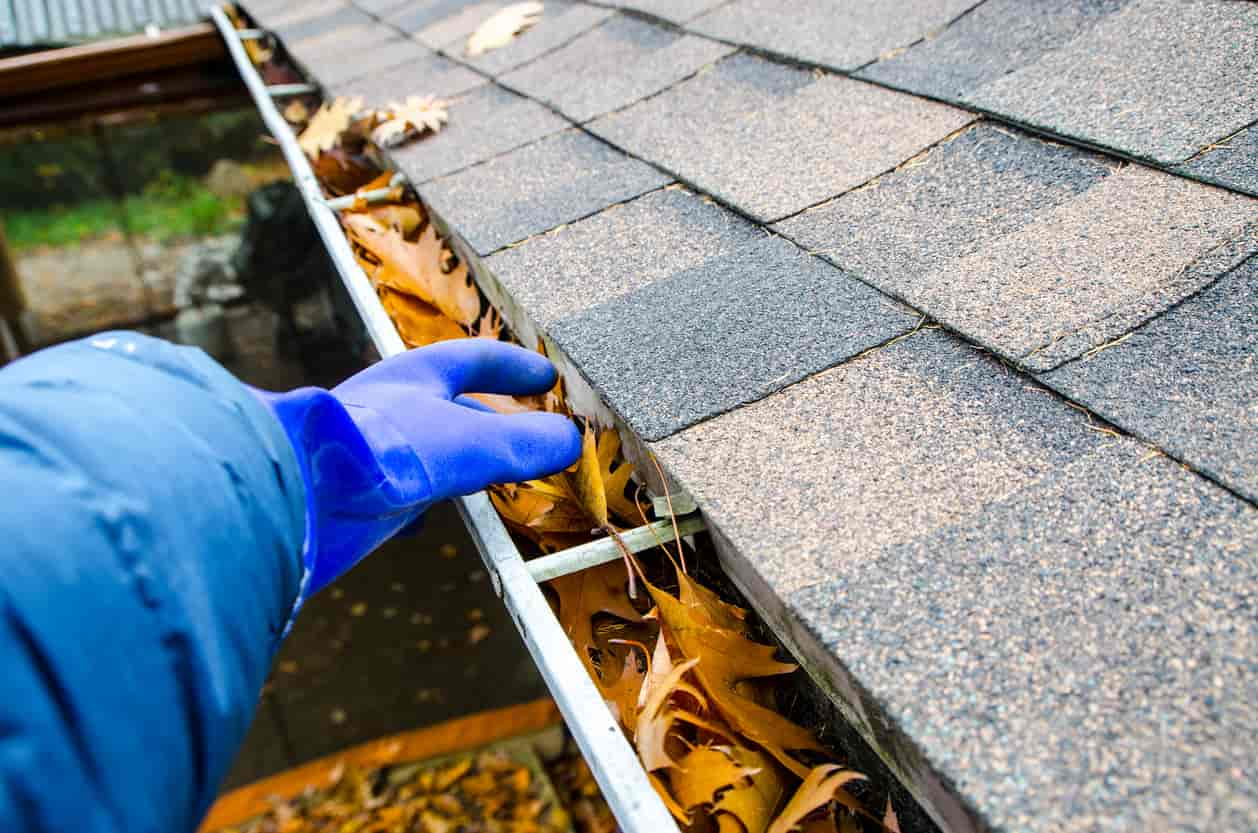
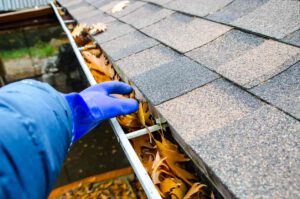
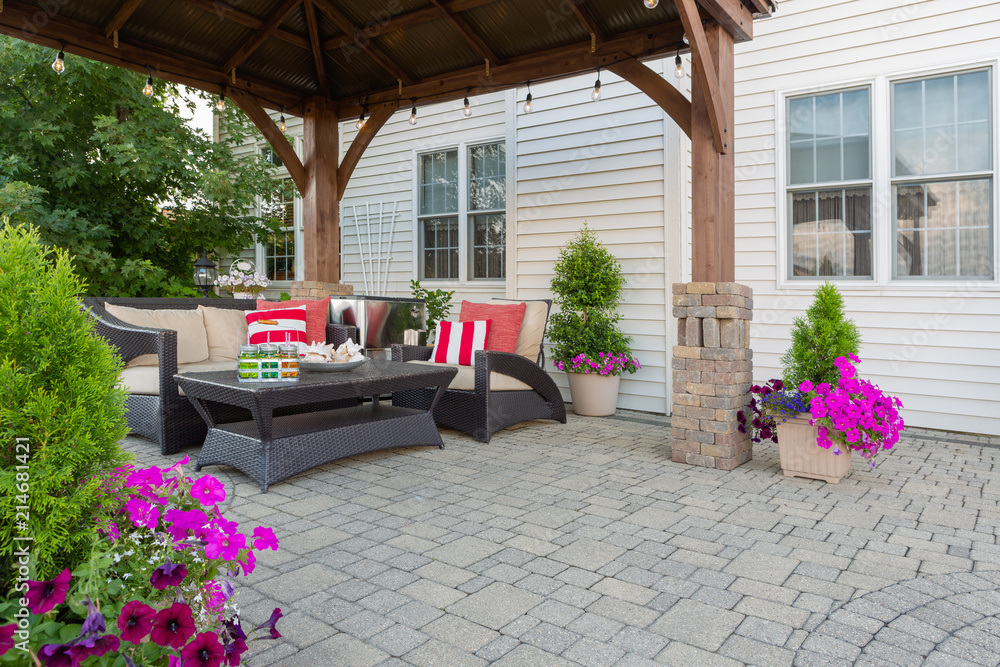
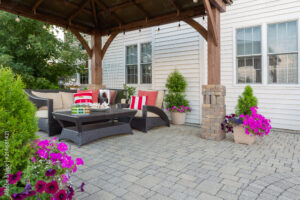

 Long-Lasting
Long-Lasting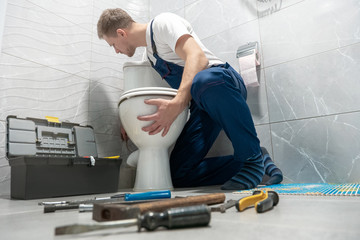


 Security
Security